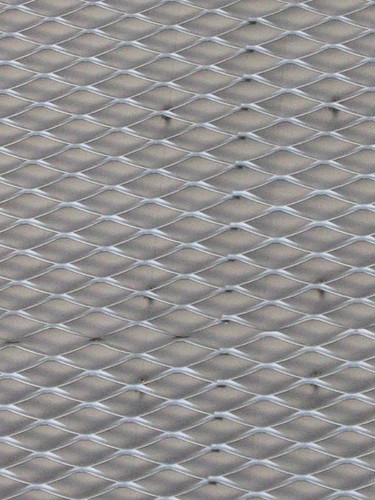 granular, originally uploaded by nj dodge
granular, originally uploaded by nj dodge
Could Domino Sugar Factory in Williamsburg Brooklyn be converted to a museum like the former Bankside Power Plant, now Tate Modern? The people behind Domino: An Alternate Plan are floating just that idea. What Curbed deservedly calls a pipe dream is an intriguing idea. Just like the adaptive reuse of the Washburn Mill to the Mill City Museum (photos) there is ample prior art to converting wholesale industrial buildings into museums.
But this will never happen in New York City.
The best we can hope for is that the either the Sugar Box Building (the one with the Domino Sign) or the Central Processing House will be converted in exchange for more development rights. Meaning, taller buildings with more floor area ratio given over to condos. Saving a large amount of Domino for a few extra floors of condos seems like a good compromise, but the details of the deal would mean the difference between a nouveau Tudor City or a Trump development.
The biggest problem lies in finding a tenant for the many tens of thousands of square feet of exhibition space, all of which would need a hefty capital budget to renovate Domino. This is in addition to the space at the World Trade Center Cultural Center, which will be vacant now that the Drawing Center was given the boot. The cast of characters who could afford the sort of improvements and programming are small:
- MoMA – Still paying off the Midtown expansion, and set to <a href="http://www.nytimes.com/2007/01/03/arts/design/03muse.html?ex=1325480400&en=c6df4a92992aaf37&ei=5090&partner=rssuserland&emc=rss"expand again, is stretched thin
- The Whitney – On, and off again expansion plans to its’ main building and flirting with building on the Highline make a Domino expansion unlikely
- The Met – This site is in Brooklyn, enough said as far as The Met is concerned
- Guggenheim – Currently renovating the Frank Lloyd Wright building, the Guggenheim has constantly been trying to develop an alternate site in NYC, most recently with Frank Gehry (multiple times); of all the big players, this is probably the most likely.
- Dia – just pulled out of the Highline site and seems to be at a mission drift
For Domino to be converted in a respectful manner to a museum and residential housing, the city and institutional organizations need to lend their support and guidance to the project.
Not that you can’t dream.






